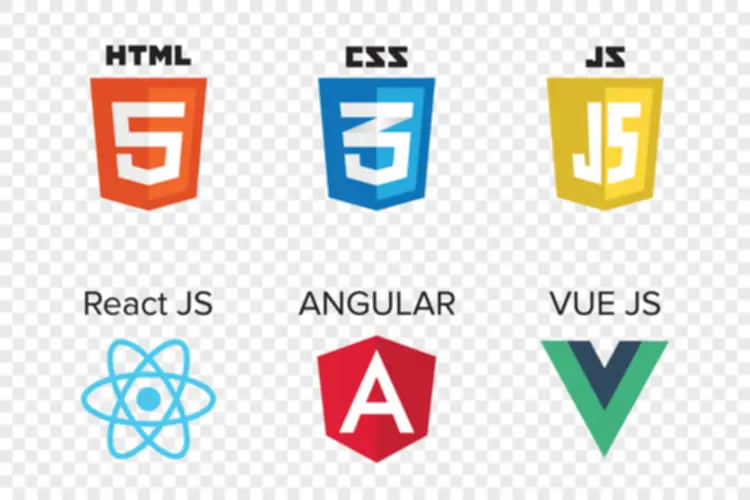Container Devops: Constructing Containers Into The Devops Course Of
The means of packaging applications into containers, deploying them to the cloud, and performing correct testing and monitoring makes this process a lot simple. Container deployment strategies, coupled with Docker containerization advantages containerization benefits, facilitate multi-tenancy architecture. This method ensures that numerous users or organizations make the most of a shared utility while preserving their separate environments. Laitkor Consultancy Services, a leading DevOps service company, leverages the power of Docker and Kubernetes to offer tailored solutions.
Issues Of Traditional Applications

Implementing containerization and DevOps includes modernizing software supply practices for enhanced efficiency and collaboration. Container instruments like Docker streamline packaging and deployment, making certain constant environments across phases. Orchestrating containers with Kubernetes automates scaling and management. By organising CI/CD pipelines, monitoring options, and fostering a culture of collaboration, organizations can accelerate improvement cycles, enhance reliability, and respond swiftly to market calls for. While challenges like the educational curve and safety considerations exist, the combination of containerization and DevOps stays pivotal for staying aggressive in the ever-evolving tech panorama. The prevalence of container-based microservice architecture is undeniable, particularly among business giants similar to Spotify, Netflix, and Uber.
What’s Containerization In Devops?
The container system wants an underlying OS to offer fundamental companies to all containerized purposes. On the other hand, a hypervisor runs VMs with its OS that makes use of hardware assist. Virtualization refers to the means of utilizing software to create a virtual resource that runs on a layer separate from the physical hardware. These light-weight software layers separate VMs and allocate processors, reminiscence, and storage. They’re basically machine monitors that allow multiple operating methods to run concurrently.

Getting Started With Devops Outsourcing
Containerization is one of the best ways to go about this, because it allows you to “lift and shift” your current purposes with out having to fret about compatibility or configuration issues. Containers are the best method to implement multi-tenancy, as they provide the necessary isolation and assets for each consumer or organization. More just lately, Spotify developed and open-sourced Backstage, a developer portal that options a Kubernetes monitoring system. For firms like that, the transition to containers presents massive risks with out clear benefits. Another cause companies avoid containerization is that containerizing legacy software isn’t as easy as flipping a change. “The means things are shifting, and how utility help works now, I assume increasingly more engineers are expected to be liable for their code operating daily,” Hynes informed Built In.
The Function Of Devops In Software Program Development
As we proceed to innovate and evolve, the synergy between containerization, Follow RazorOps Linkedin Page Razorops, Inc. More importantly, Docker offers some user-friendly container management instruments like Docker Swarm and Docker Compose. Containerization in DevOps offers scalability and adaptability by permitting functions to be deployed rapidly and simply throughout multiple environments.

To allow you to make an informed decision, we gathered the pros and cons you need to contemplate. Aside from the pace, there are other benefits to using containers for development. See how this media company’s modern approach to digital operations helped scale back costs, accelerate innovation, and drive revenue development.
Security teams can make sure that insurance policies are being enforced throughout growth and deployment, including crucial testing phases. Kubernetes is most commonly cited as a tool for operating production methods, but its use as a developer device is shortly rising, too. You can use Kubernetes to standardize your infrastructure configuration across all environments, permitting developers and operators to align around a single common toolchain. There are a number of reasons why DevOps groups choose Kubernetes to deploy their workloads and manage their software program delivery process.
Containers allow builders to package deal an utility with all its dependencies and configurations in a light-weight, isolated setting. This implies that functions may be simply deployed on any platform with the identical codebase, eliminating the need for guide configurations for different environments. Additionally, application container expertise allows for simple scalability of functions, which is essential for DevOps teams who need to find a way to quickly scale up or down to satisfy customer needs.
Ensuring the security of containerized environments is essential to guard both the purposes and the underlying infrastructure. This section will discuss the importance of container security, best practices for securing containers, and strategies for monitoring and maintaining container security. A modern container orchestration system like Kubernetes can play a significant role in orchestrating containers and managing their deployment across various environments. By understanding the semantics of the container orchestrator and using container-specific options, DevOps groups can guarantee easy integration with their existing workflows. Containers could be rapidly began, stopped, and restarted, leading to sooner deployment instances. By using container images, developers can create and deploy purposes in minutes, permitting DevOps teams to accelerate their release cycles and reply extra quickly to altering business necessities.

You must supplement it with cloud accounts, a source control provider, and a CI/CD service to construct and deliver your apps. IaC enables you to define your infrastructure’s configuration as versioned recordsdata in a source repository. Kubernetes offers IaC for your app’s parts by way of its use of declarative resource manifest files, while you must use exterior IaC instruments like Terraform to automate Kubernetes cluster provisioning. Although Kubernetes can be complicated to get began with, you’ll find a way to simplify your expertise using Spacelift. Spacelift is an IaC administration platform that gives CI/CD for Kubernetes, permitting you to provision new Kubernetes clusters and apply changes straight from your GitHub pull requests.
Various DevOps instruments, often from different vendors, can be found out there to carry out specific activities, enabling sooner and more environment friendly product delivery. However, deciding which ones are right in your surroundings could be difficult. How you implement database DevOps for your work processes determines its success and the enterprise benefits your group would receive in the long run. While each organization may have its personal implementation course of, there are some standard step-by-step guidelines you should keep in mind.
Namespaces, then again, provide the ability to isolate the “scope” of the method. There are a few different namespaces, and you can apply a quantity of at the identical time to the process. Normally, any course of in a Linux machine can see all the other processes operating on the identical machine.
- This makes it specifically fitted to microservice architecture and modular software improvement.
- Each has its own function (as you may guess by their names), and you may apply all or solely some of them to a process.
- Source code administration or model management tools are the software program that helps you keep observe of every small change made to the codebase with out making an enormous effort.
- Containers operate on an abstracted layer above the underlying host working system.
It is among the newest developments in Cloud Computing that allows enterprises to modernize their current purposes, create new Cloud-native enterprise applications, and work with Cloud providers successfully. Containerized environments, being dense and complicated, require correct dealing with. In this context, PaaS solutions may be adopted by software builders to focus extra on coding.
Make the most of containerization by working more than one utility on container platforms. Invest in new functions at minimal price and modify each platform by making it friendly for both present in addition to legacy apps. It is always a good idea to anticipate the longer term and prepare for scalability submit deciding upon the necessities of a project.
Transform Your Business With AI Software Development Solutions https://www.globalcloudteam.com/ — be successful, be the first!


